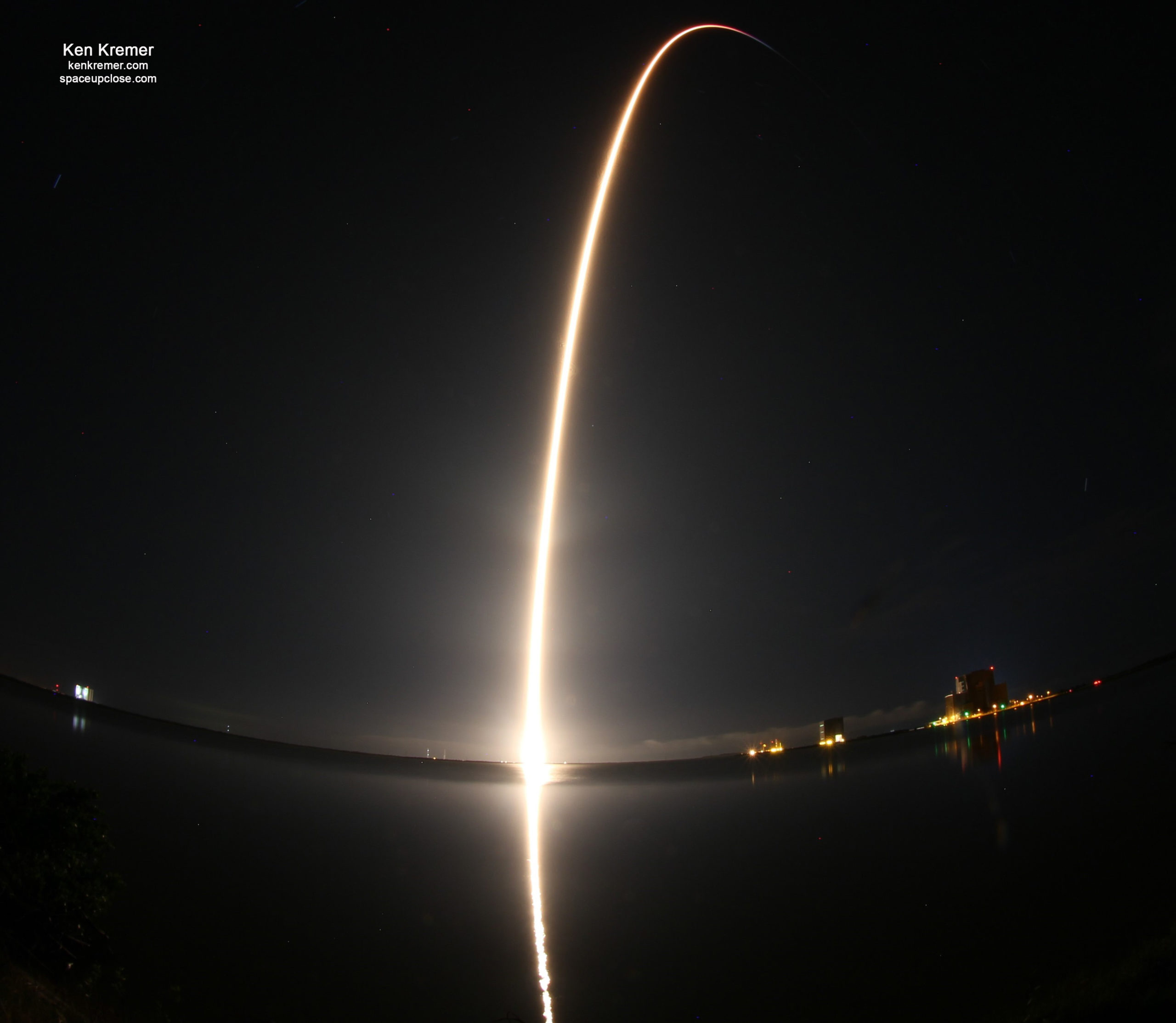
For SpaceUpClose.com & RocketSTEM
KENNEDY SPACE CENTER, FL – A multinational team of four astronauts from the US and Japan is en route to the International Space Station (ISS) on NASA’s Crew-1 mission following a spectacular nighttime launch on the first operational mission of the SpaceX Crew Dragon spacecraft Sunday evening, Nov. 15 from historic pad 39A on the Kennedy Space Center – thus opening a new era in regular commercial human spaceflight
NASA’s SpaceX Crew-1 mission lifted off on a Falcon 9 rocket at 7:27 p.m. EST Sunday, Nov. 15 (0027 GMT Monday) from Launch Complex 39A on Florida’s Spaceport during an instantaneous launch time.
The stunning SpaceX Falcon 9 Crew Dragon liftoff took place after threatening weather moved elsewhere in the hours before the appointed time and delighted huge crowds of spectators gathered in parks and beaches ringing the Florida Space Coast who cheered as the rocket rose of the pad.
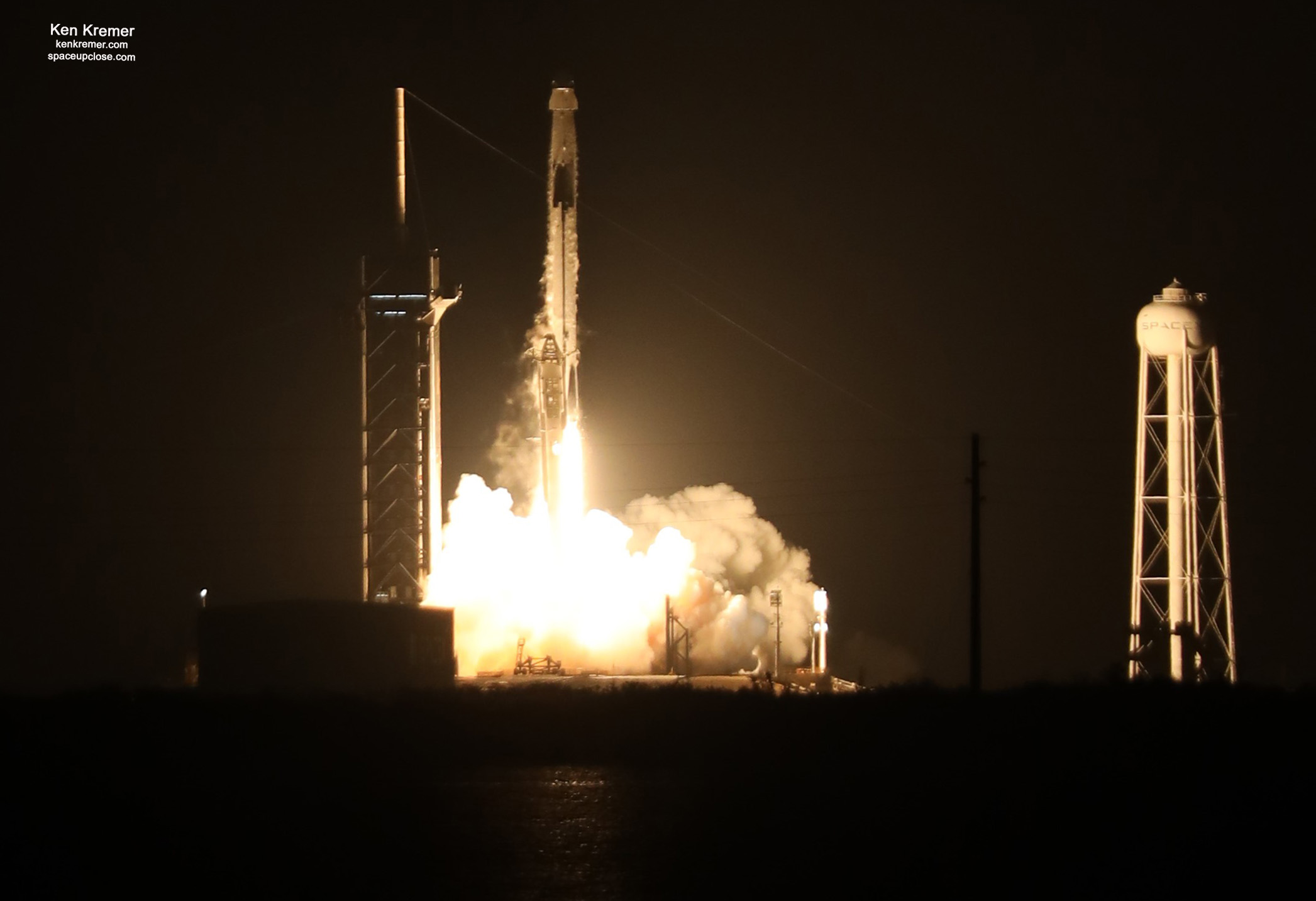
The SpaceX Crew Dragon makes history as the first NASA-certified commercial human spacecraft system ever – and will be followed by regular follow on missions starting next Spring 2021.
The SpaceX Falcon 9 rocket propelled the Crew Dragon spacecraft and international crew of NASA astronauts Michael Hopkins, Victor Glover, and Shannon Walker, along with Soichi Noguchi of the Japan Aerospace Exploration Agency (JAXA), into orbit to begin a six-month science mission aboard the massive orbiting lab complex.
The crew achieved orbit after separating from the second stage some eight and a half minutes after liftoff.
Continuing weather concerns on and off shore had forced NASA and SpaceX to postpone the historic launch of 4 astronauts on the first operational mission of the Crew Dragon spacecraft by one day from Saturday to Sunday Nov. 15 from the Florida’s spaceport to the ISS – pretty much as expected based on enduring impacts from Hurricane/Tropical Storm Eta.
The Crew Dragon Resilience spacecraft is scheduled to dock to the forward port of the space station’s Harmony module at about 11 p.m. Monday, Nov. 16 (0400 GMT Tuesday).
“I could not be more proud of the work we’ve done here today,” said Gwynne Shotwell, president and chief operating officer of SpaceX. “Falcon 9 looked great, Dragon was dropped off into a beautiful orbit about 12 minutes into the mission, and we’ll get more data as we go.”
NASA Television and the agency’s website provided live launch coverage today and will provide continuing live coverage through docking, hatch opening, and the ceremony to welcome the crew aboard the orbiting laboratory Monday evening.

Three of the four Crew-1 team are veteran spaceflyers – namely Hopkins, Walker and Noguchi.
Glover is the only rookie. He is also the first African-American to serve a long duration stint about the station.
Noguchi is only the third person to fly to space on three different types of spaceships during his astronaut career- on the NASA Space Shuttle, the Russian Soyuz and now SpaceX Crew Dragon.
The Crew-1 astronauts have named their Crew Dragon spacecraft Resilience – in recognition of the COVID-19 coronavirus pandemic terribly afflicting the entire world.
To date over 248,ooo Americans have died from infection by the coronavirus.

“Watching this mission launch is a special moment for NASA and our SpaceX team,” said Steve Stich, manager of NASA’s Commercial Crew Program.
“We are looking forward to getting this crew to station to continue our important work, and I want to thank the teams for the amazing effort to make the next generation of human space transportation possible.”
Here’s a few NASA and SpaceX photos of the space suited crew boarding Crew Dragon after walking down the crew access arm.
The crew is go for launch pic.twitter.com/HqJGin0gg7
— SpaceX (@SpaceX) November 16, 2020
The four person Crew-1 mission marks a major milestone as the first operational crew rotation mission of a SpaceX Crew Dragon to the ISS and follows the magnificently successful 64 day long Demo-2 flight of two NASA astronauts Bob Behnken and Doug Hurley launch on May 30.
The history making Demo-1 marked the resumption of US human spaceflight launching American astronauts from American soil on American rockets aboard the new commercial spaceships pioneered by NASA.
The US has been 100% dependent on the Russians for rides to the ISS since the forced shutdown of NASA’s space shuttles in July 2011.
Upon their arrival aboard Resilience, the Crew-1 astronauts will become members of Expedition 64, joining NASA astronaut Kate Rubins, as well as Expedition 64 commander Sergey Ryzhikov and flight engineer Sergey Kud-Sverchkov, both of the Russian space agency Roscosmos who recently launched on Oct 14 aboard a Russian Soyuz capsule.
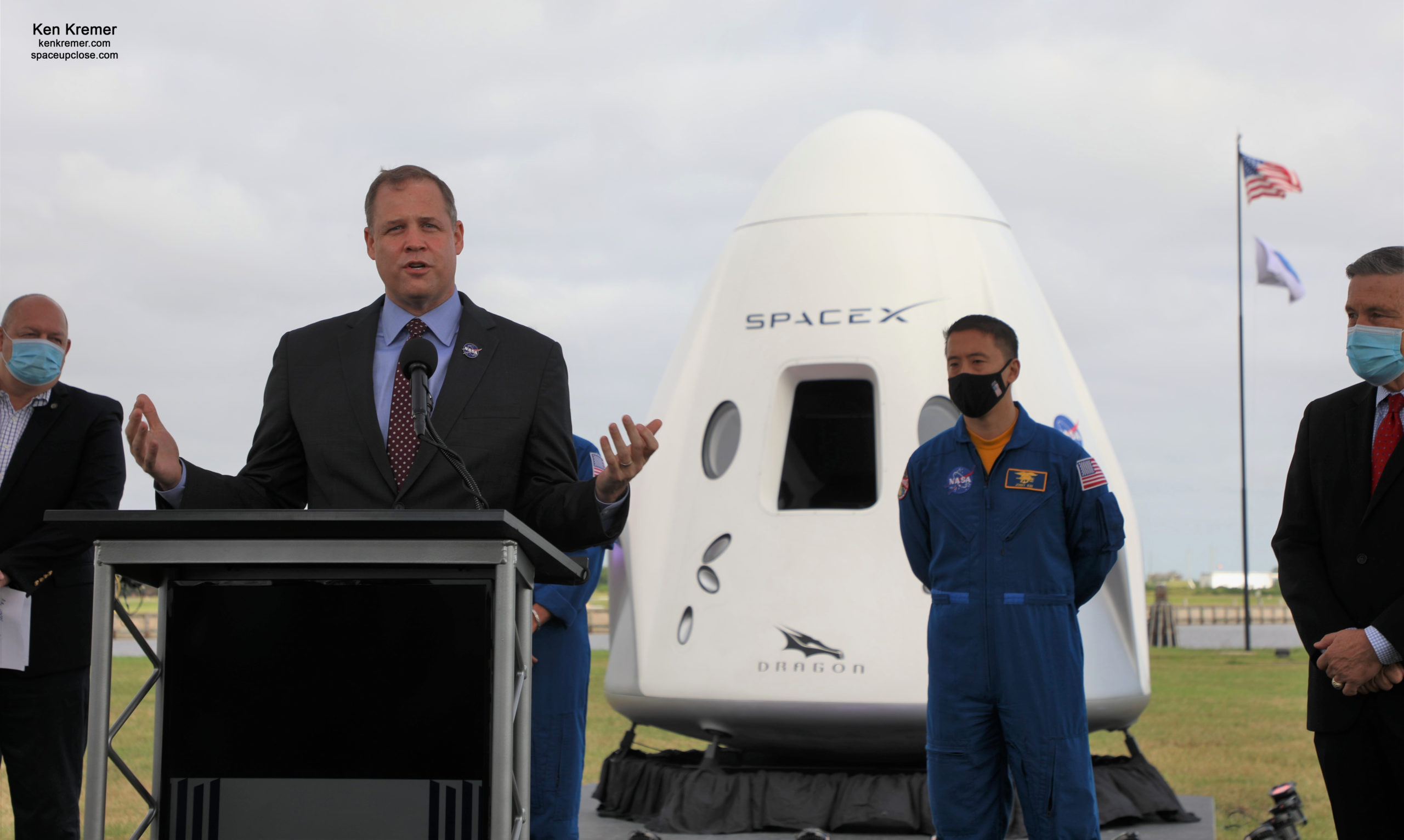
Crew-1 mission is the first of six NASA contracted crewed missions for SpaceX that will fly as part of the agency’s Commercial Crew Program.
This mission has several firsts, including:
- The first flight of the NASA-certified commercial system designed for crew transportation, which moves the system from development into regular flights;
- The first international crew of four to launch on an American commercial spacecraft;
- The first time the space station’s long duration expedition crew size will increase from six to seven crew members, which will add to the crew time available for research; and
- The first time the Federal Aviation Administration has licensed a human orbital spaceflight launch.
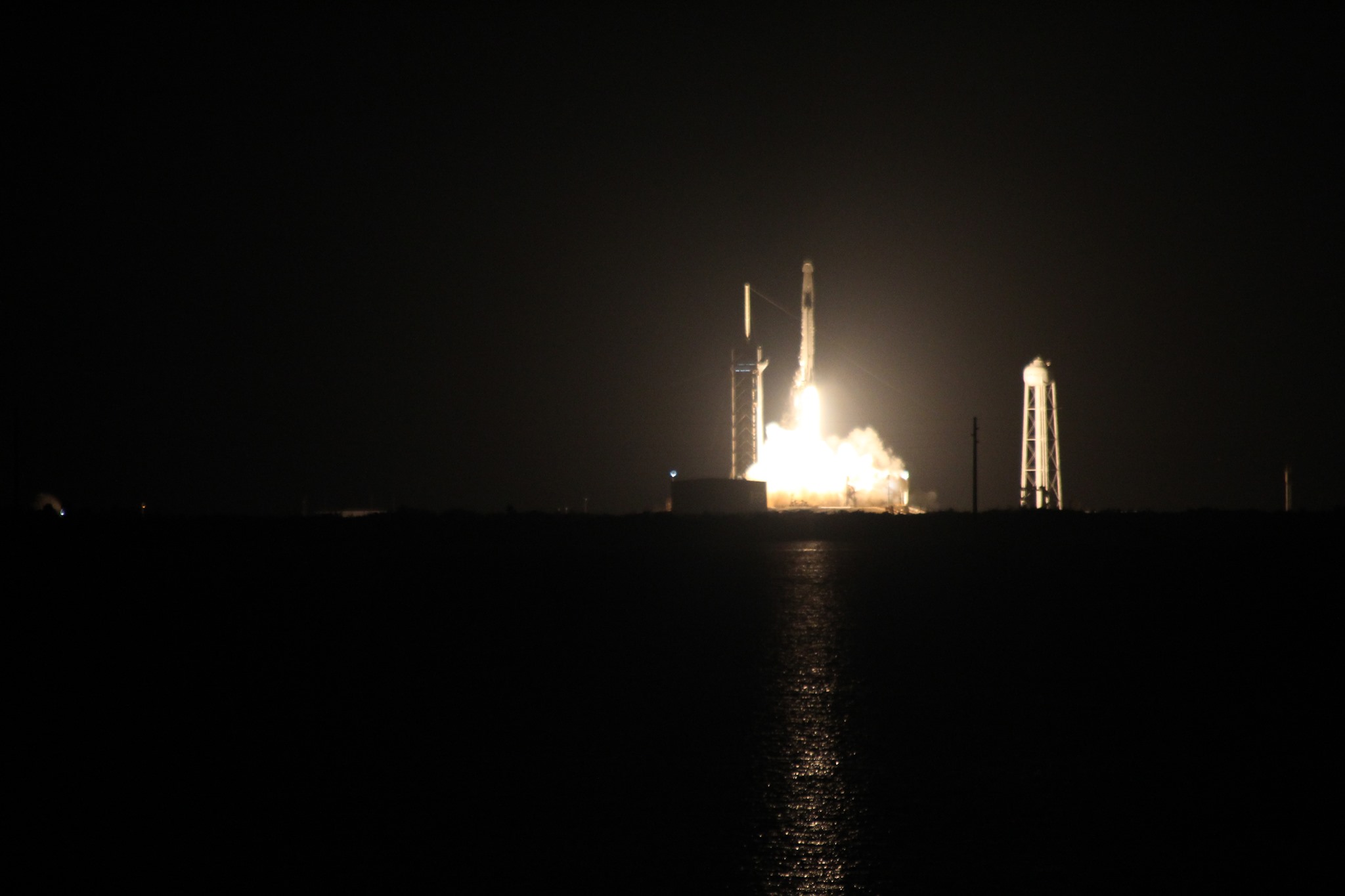
SpaceX successfully recovered the Falcon 9 first stage on the ‘Just Read the Instructions’ droneship stationed some 400 miles downrange in the Atlantic Ocean off the Carolina’s coast
NASA wants to reuse the Falcon 9 first stage on the Crew-2 astronaut mission in Spring 2021.
The booster is equipped with 4 landing legs to accomplish a precision guided rocket assisted descent for propulsive soft touchdown on the SpaceX droneship.
Falcon 9’s first stage booster has landed on the Just Read the Instructions droneship! pic.twitter.com/HSFJKpR4Rm
— SpaceX (@SpaceX) November 16, 2020
The gumdrop shaped Crew Dragon measures around 13 feet (4 meters) in diameter and 16 feet (5 meters) tall.
The path to launch cleared a major milestone when SpaceX engineers successfully completed a crucial static fire test on the Falcon 9 rocket’s first stage engines Wednesday afternoon, Nov. 11 amidst continuing positively gloomy weather from Hurricane/Tropical Storm Eta impacting much of Florida including the Space Coast.
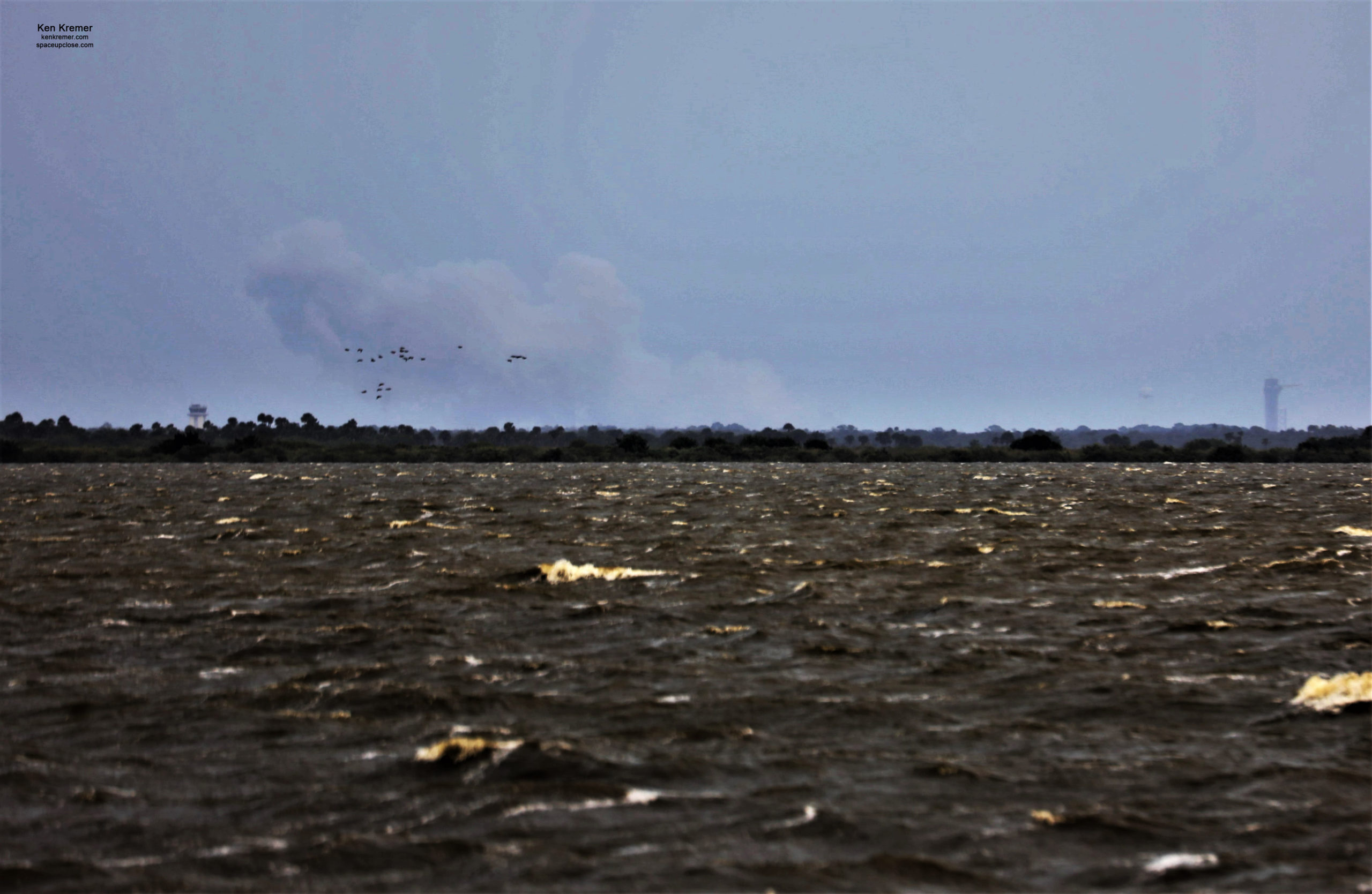
Follow along with launch activities and get more information about the mission at: http://www.nasa.gov/crew-1. Learn more about commercial crew and space station activities by following: @Commercial_Crew, @space_station, and @ISS_Research on Twitter as well as the Commercial Crew Facebook, ISS Facebook and ISS Instagram accounts.
Watch Ken’s commentary at WFTV ABC 9 Orlando and WESH 2 NBC TV News Orlando about the possible weather impact from Hurricane Eta on the launch and landing
https://www.wesh.com/article/eta-threatens-astronaut-mission/34647727
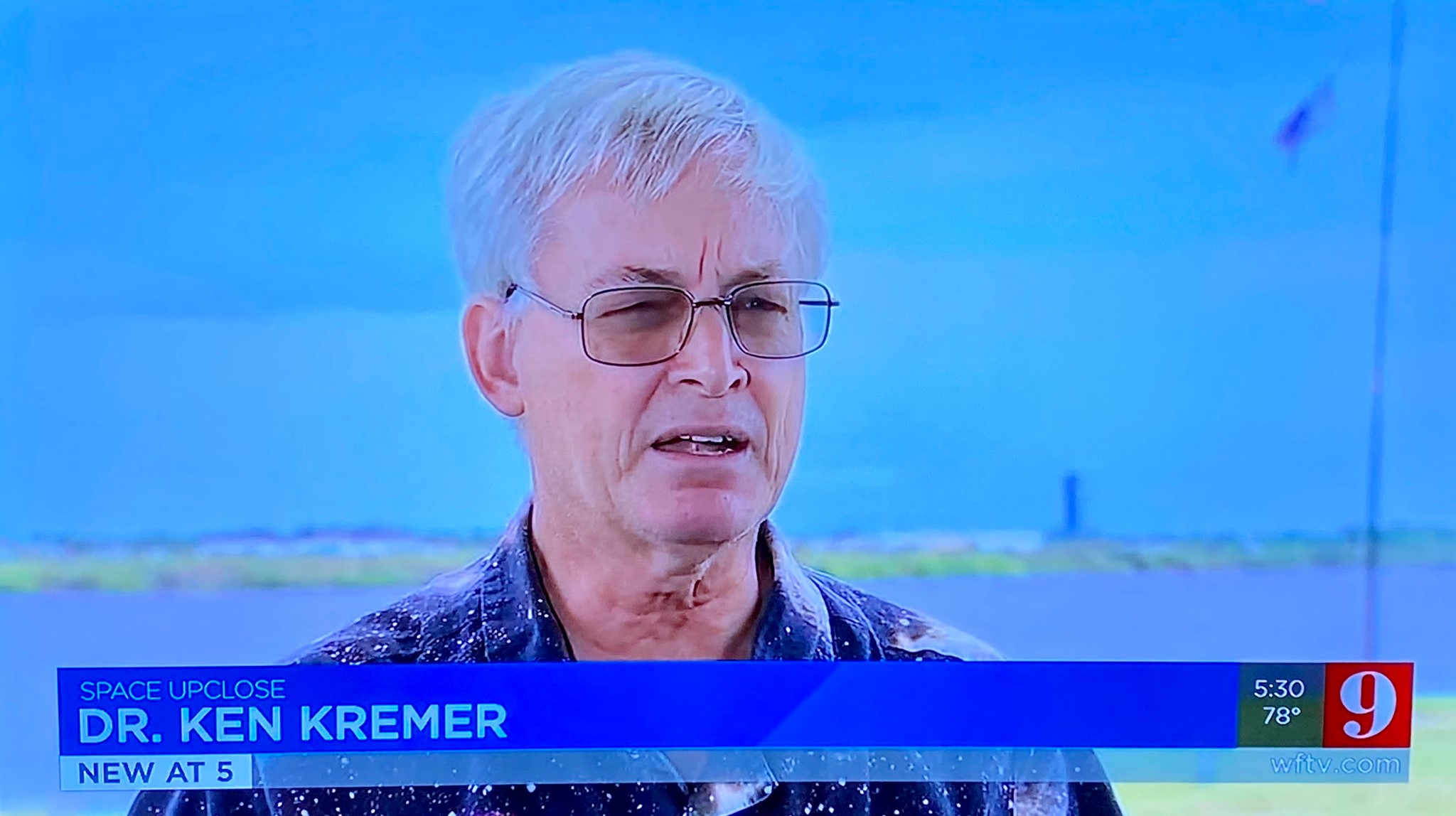
Watch for Ken’s continuing live and onsite reporting from KSC about the Crew-1 mission.
Watch Ken’s continuing reports about Crew Dragon Starlink, Commercial Crew and Artemis and onsite for live reporting of upcoming and recent SpaceX and ULA launches including Demo-2, Starlink, X-37B, Solar Orbiter, Mars 2020 and more at the Kennedy Space Center and Cape Canaveral Space Force Station.
Stay tuned here for Ken’s continuing Earth and Planetary science and human spaceflight news: www.kenkremer.com –www.spaceupclose.com – twitter @ken_kremer – email: ken at kenkremer.com
Dr. Kremer is a research scientist and journalist based in the KSC area, active in outreach and interviewed regularly on TV and radio about space topics.
………….
Ken’s photos are for sale and he is available for lectures and outreach events
Please consider supporting Ken’s work by donating at Patreon:
https://www.patreon.com/kenkremer
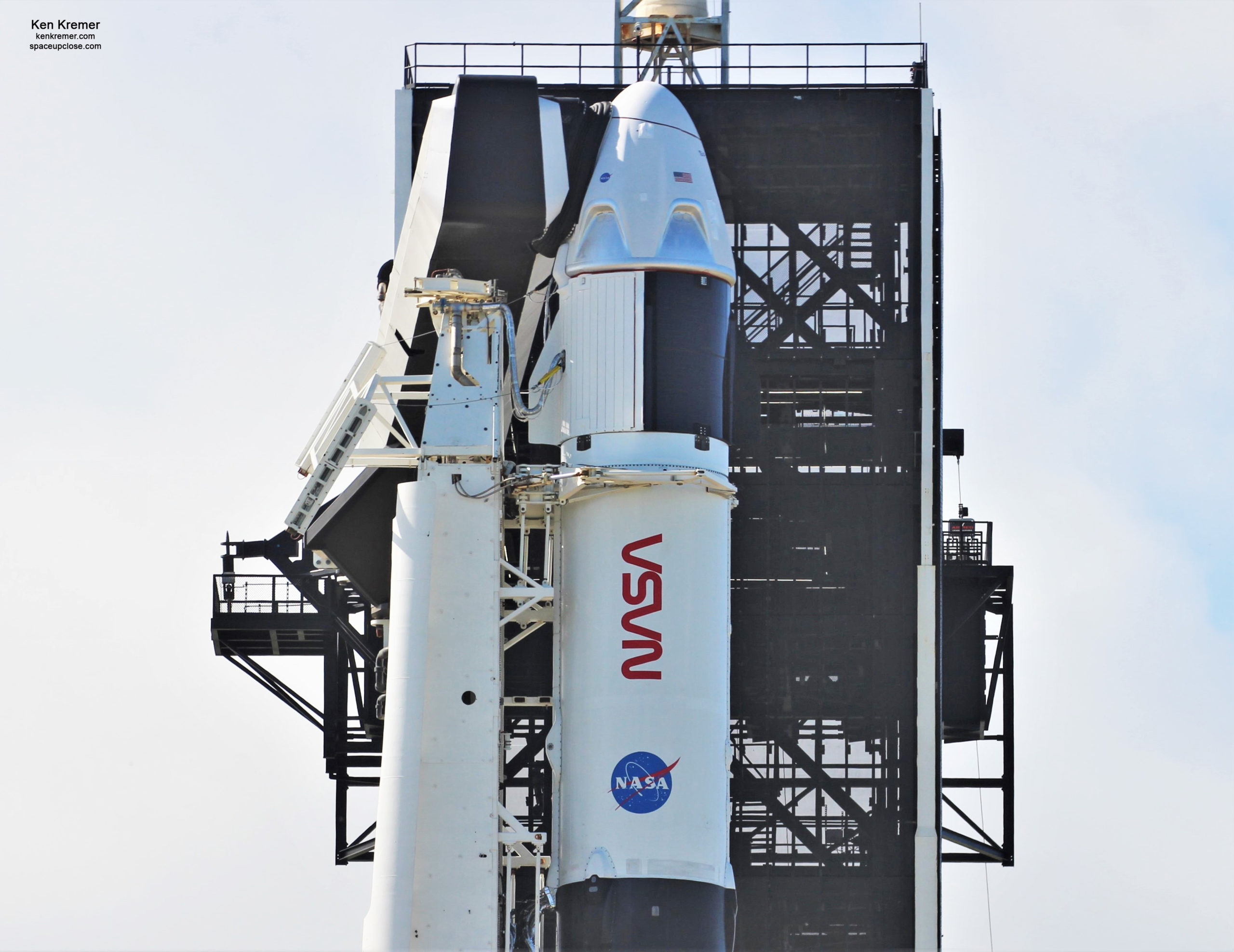
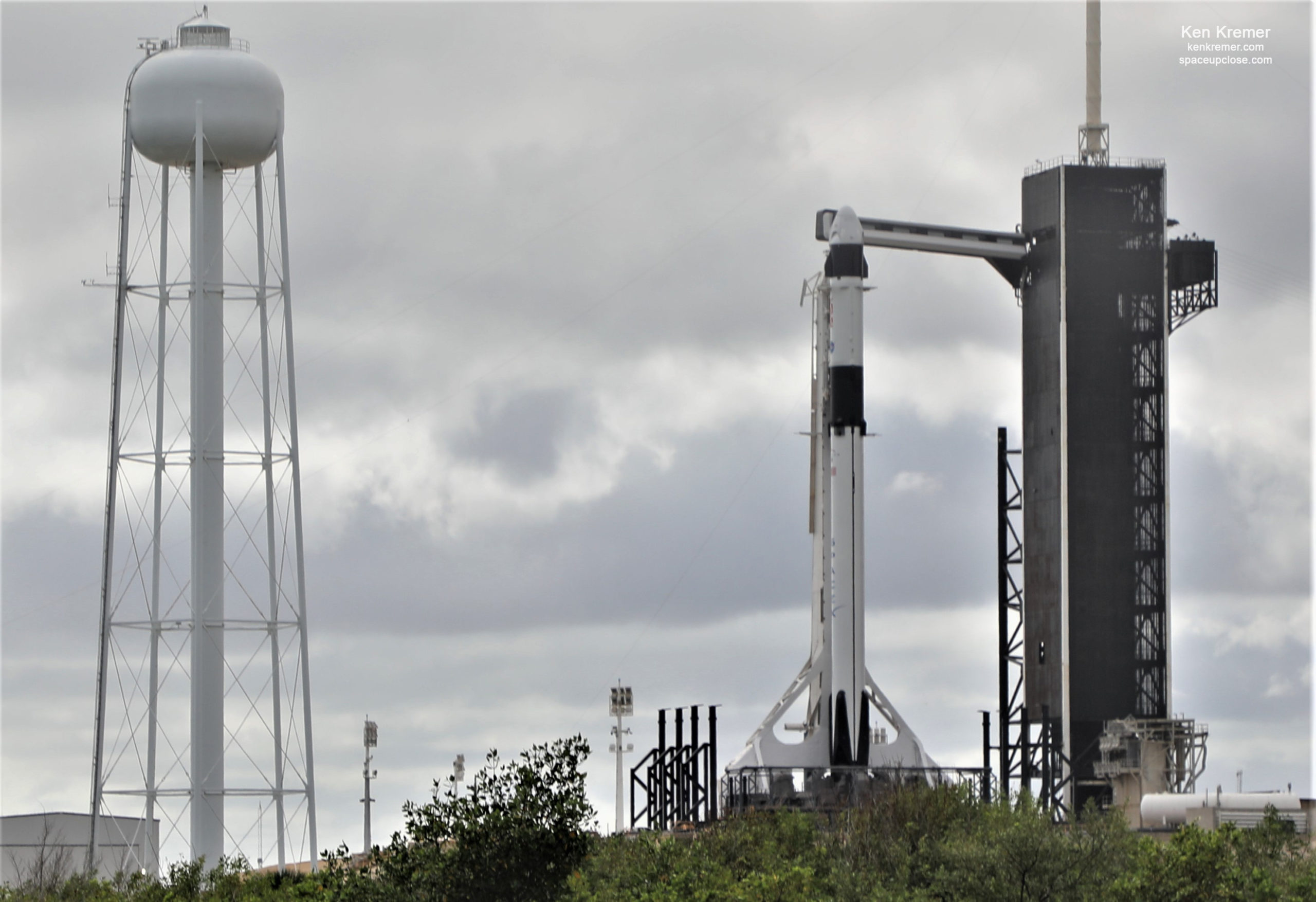
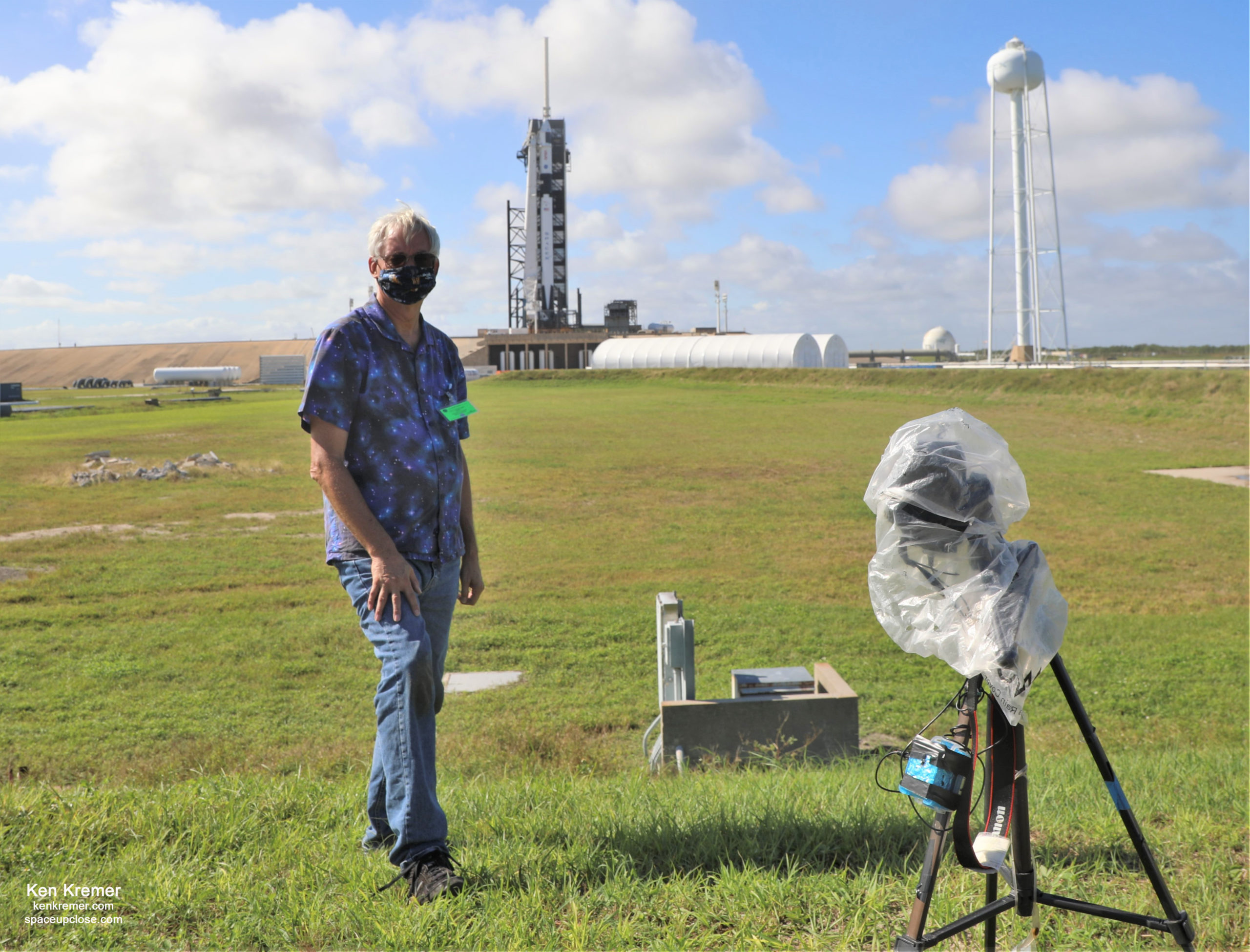
x



